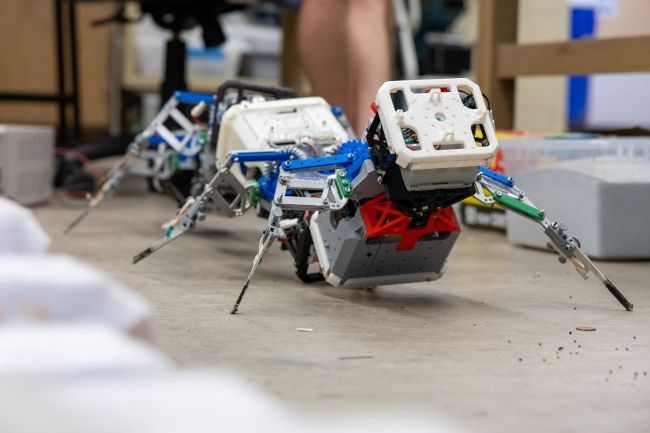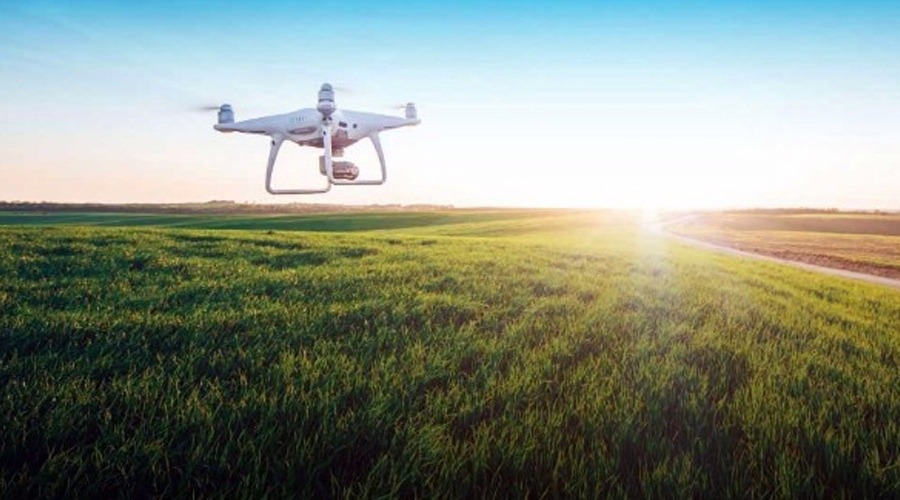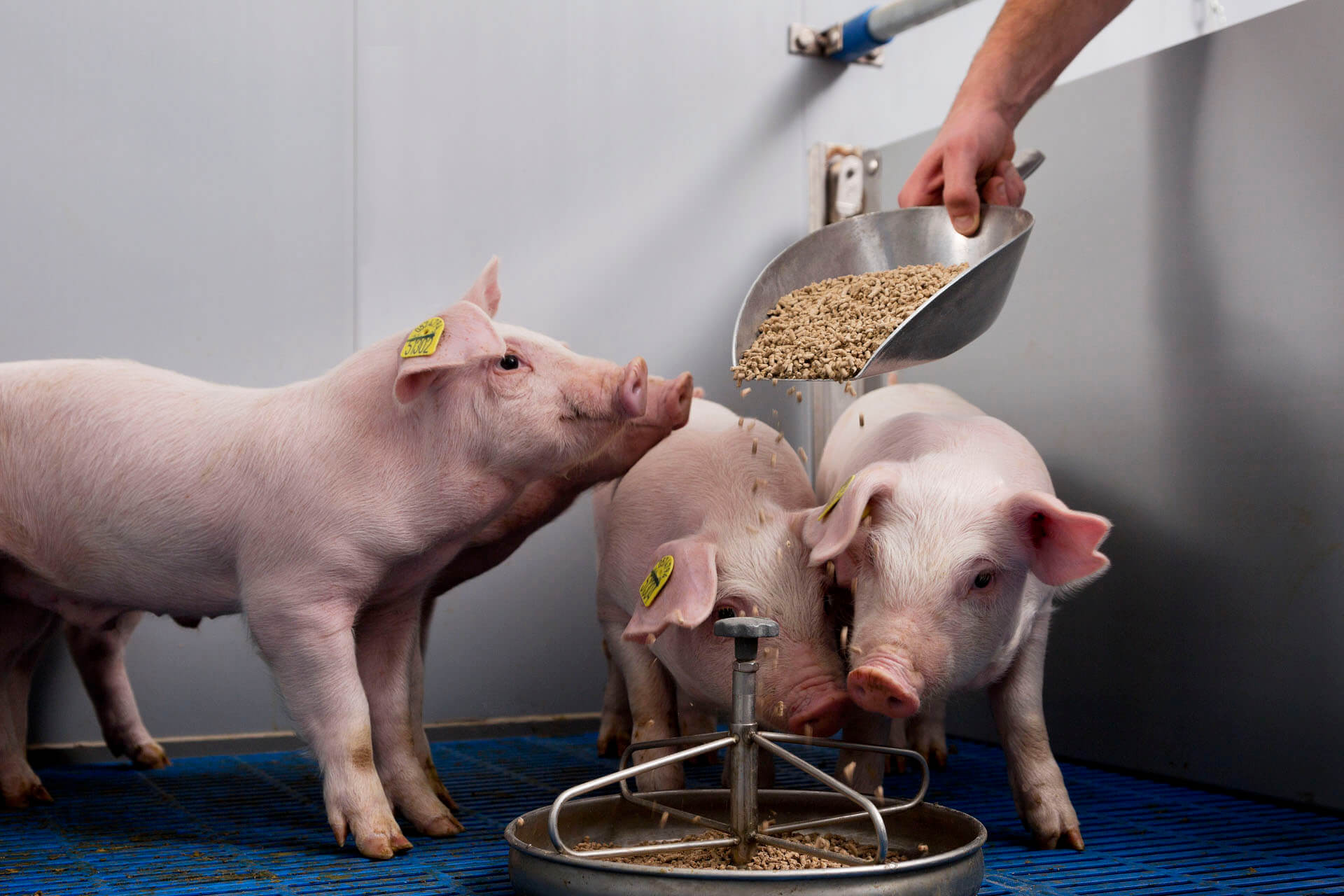As the global robotics market continues to grow at an unprecedented pace, reaching an estimated $74.1 billion by 2026, it raises an essential question: Is the world society ready to share its daily life with robots? The advancements in technology have propelled humanity forward, and robots are becoming an integral part of our lives. However, the status of robots in the future goes beyond mere transactions. It extends to the realm of HR, where hiring robots as regular workers is becoming commonplace.
A significant development in recognizing the changing status of entities is the case of joint custody of a dog granted to a divorced couple in Spain. This landmark ruling signifies a shift in perceiving animals as living beings rather than objects. Similarly, the integration of robots into various aspects of society is inevitable. While the distinction between living beings and robots may be apparent now, it is unlikely to remain the same in the years to come.
The foundation of the robotics industry lies in the active race for development among countries. In 2017-2018, over two dozen strategies were issued by various nations and international organizations, showcasing the importance placed on robotics. The European Union, for instance, adopted a Resolution on Civil Law in Robotics, including a Code of Ethics and a Charter of Robotics. Of particular interest is the section on responsibility, which emphasizes that the level of accountability should align with the autonomy and learning capabilities of the robot. Currently, the responsibility primarily rests with humans, but there is a possibility of endowing robots with a special legal status in the future.
The Resolution suggests that highly autonomous robots could be recognized as electronic persons and held liable for their actions. This raises questions about the potential integration of robots as full-fledged citizens in our technological society. Will they remain as service personnel for humans, or will they have equal legal standing? Furthermore, if robots create their own metaverse, what place will there be for humans? These complex questions require careful consideration and the formulation of legal norms to regulate the relationship between robots and humans, ultimately shaping the future of our species.
It is evident that the time has come to address these important issues. Failure to find solutions may leave us as a biological species obsolete in the face of advancing technology. Join the conversation today and explore the potential of a joint life between humanity and robots, as we navigate the uncharted territories of the future.


















